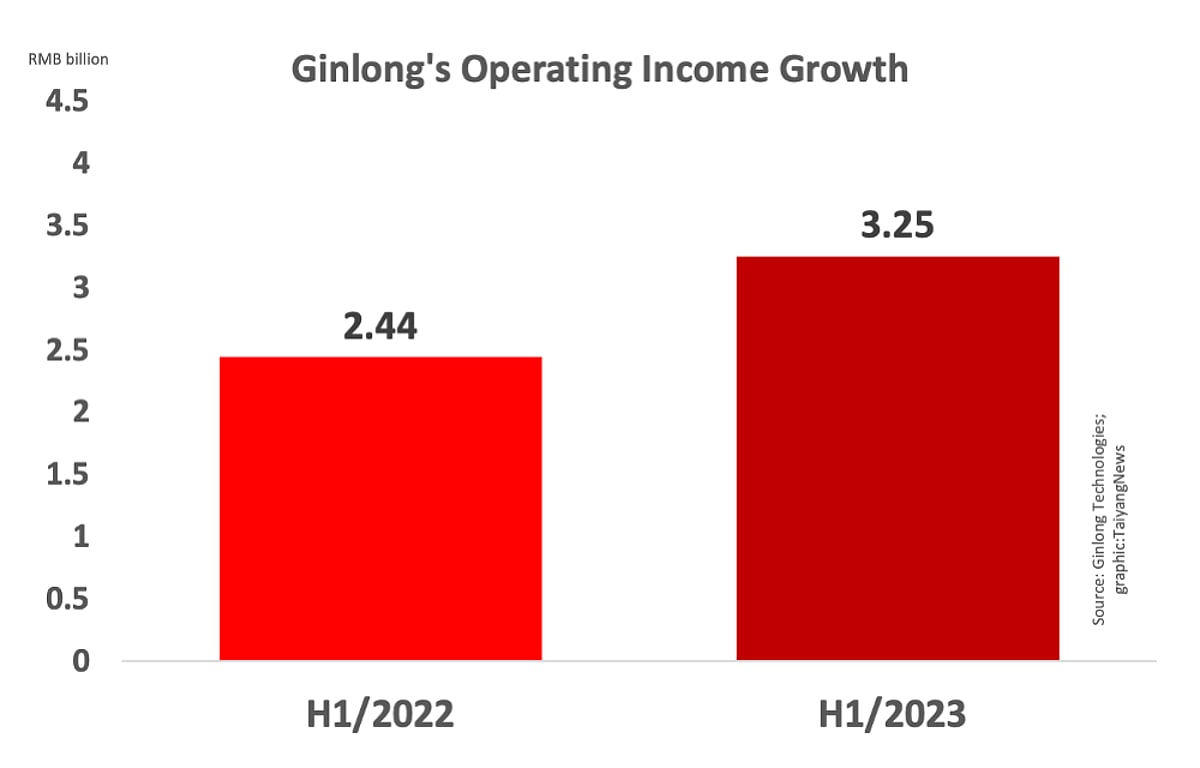Actually my cost is just over $0.10/kwh from my POCO, Withlachoocee River Electric down here is Western Florida called Brooksville and it took many years to get up to that number.
When I run the numbers I use that $0.12/kwh as a value knowing it may take years to get there.
The POCO's around here that have raised their rates a lot are Florida Power and Duke. And their reason is to cover the cost of all of the Solar arrays they have recently installed. So you can see why I a little pissed off at the reasons to go solar right now.
When I run the numbers I use that $0.12/kwh as a value knowing it may take years to get there.
The POCO's around here that have raised their rates a lot are Florida Power and Duke. And their reason is to cover the cost of all of the Solar arrays they have recently installed. So you can see why I a little pissed off at the reasons to go solar right now.

Comment